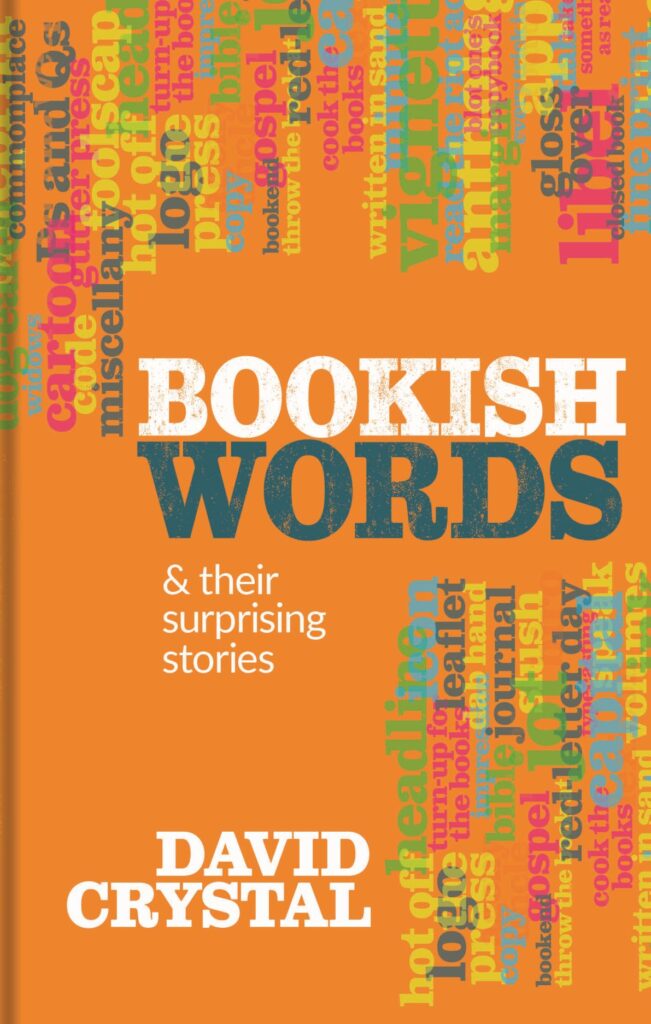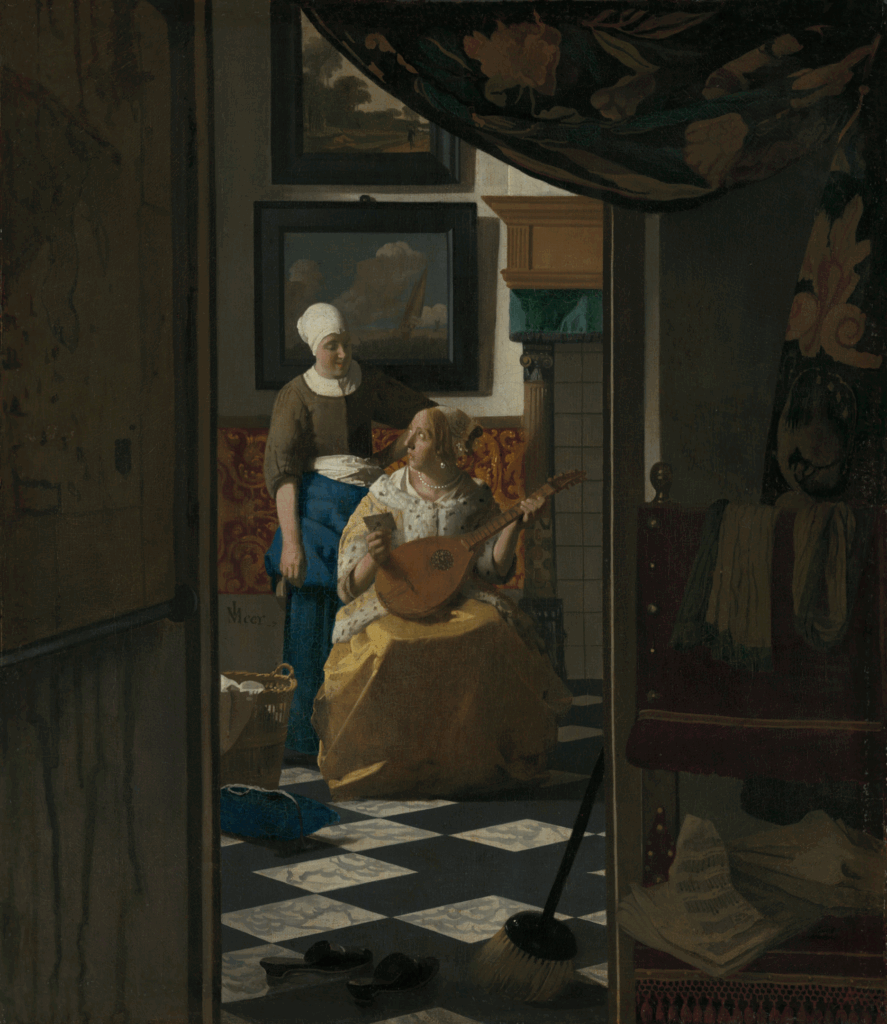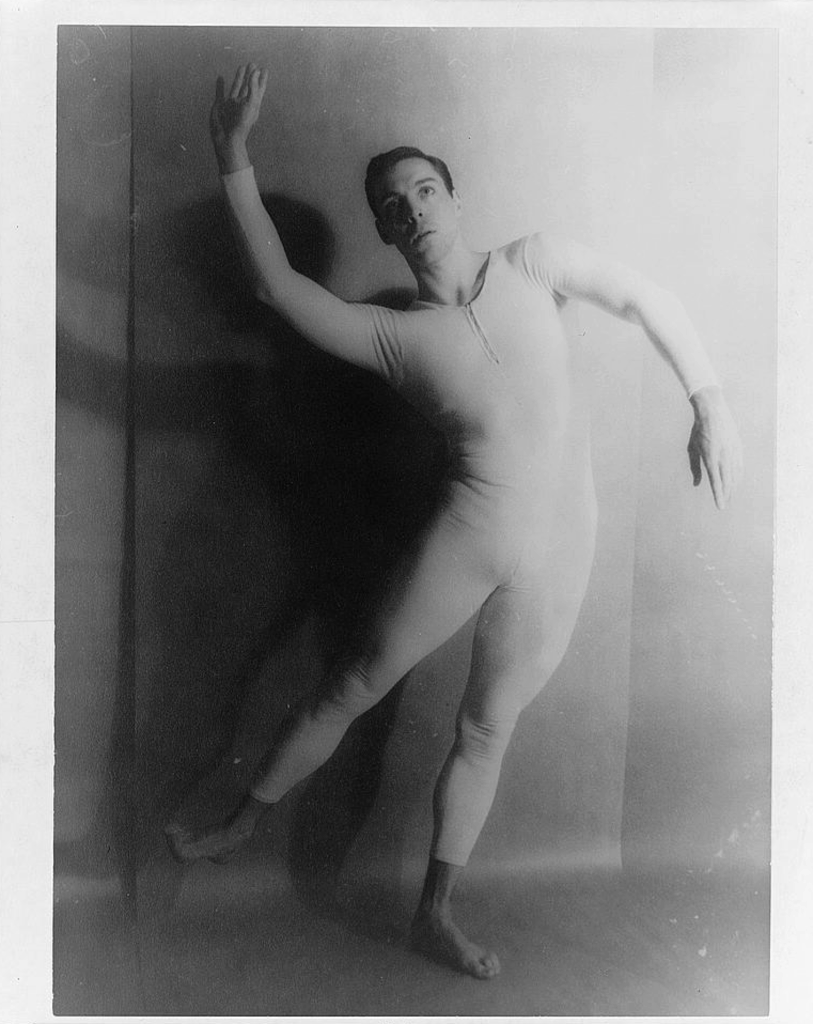
Bookish Words & Their Surprising Stories, by David Crystal (Bodleian Library Publishing, June 20): What’s your favorite boc? Originally, the Old English word that has since become our “book” referred to any written text, including legal documents, catalogues, or charters. And rather than a library, English speakers once spoke of a boc-hord, or a “book hoard,” which may be the more accurate term for the less organized among us. This and other etymological gems can be found in David Crystal’s Bookish Words & Their Surprising Stories, slated for U.S. release later this week. In the pocket-sized volume, Crystal traces the origins of such commonplace terms as “publish,” “caption,” and “copy,” as well as idioms such as “fine print” and “to speak volumes,” with entertaining tidbits sprinkled throughout. —SM

“Vermeer’s Love Letters,” at the Frick Collection, New York (June 18–August 31): “Vermeer’s Love Letters,” opening this week, is a billet-doux to the reopened Frick Collection. With three of Vermeer’s three dozen extant works in its permanent collection, the Frick is pairing its Mistress and Maid (1667) with The Love Letter (1670), on loan from the Rijksmuseum, Amsterdam, and with Woman Writing a Letter with Her Maid (1671), on loan from the National Gallery of Ireland, Dublin. Organized by the guest curator Robert Fucci, a scholar of seventeenth-century Dutch art from the University of Amsterdam, the exhibition is the first dedicated to Johannes Vermeer in New York since 2001 while marking the inauguration of the Frick’s new special exhibition gallery, erected in the location of John Russell Pope’s late, lamented music room. —JP

Carl Van Vechten, Portrait of Paul Taylor, in Episodes, New York City Ballet, 1960, Gelatin silver print, Library of Congress.
Paul Taylor Dance Company at the Joyce Theater, New York (June 17–22): One of New York’s signature modern dance institutions, the Paul Taylor Dance Company, makes its customary return to the Joyce Theatre from June 17 to June 22. Presented in this intimate venue dedicated specifically to dance, the program promises a dancer’s choice of Paul Taylor’s rarely seen curiosities, Tablet (1960), with sets and costumes by Ellsworth Kelly, and Churchyard (1969), neither of which have not been performed since the early 1970s. Some of Taylor’s more recognizable works will also be performed, including Polaris (1976), Esplanade (1975), and Cloven Kingdom (1976). —RSM

“Speaking of Literary Estates,” featuring Blake Hazard and Matt Salinger, moderated by Maureen Corrigan, at McNally Jackson Seaport (June 23): Each running in the tens of millions of copies sold, The Great Gatsby and The Catcher in the Rye present an instructive contrast in copyright management: Fitzgerald’s novel was adapted early and often for the radio, stage, and screen, while to this day Salinger’s work has been carefully guarded (though often imitated). Next Monday, June 23, a pair of trustees from the Fitzgerald and Salinger estates—Blake Hazard and Matt Salinger, respectively—will be on hand at McNally Jackson Seaport for a discussion about the business of managing literary legacies, moderated by Maureen Corrigan of NPR. —RE
Podcast:
“Music for a While #103: Songs, arias, etc.” Jay Nordlinger, music critic of The New Criterion talks music—but, more important, plays music.
Dispatch:
“Ex libris Zeph Stewart,” by Liam Warner. On the library of a Harvard classics professor.
By the Editors:
“June 14: America on Parade—and on Edge”
Roger Kimball, American Greatness
From the Archives:
“British intellectuals in the Thatcher era,” by Frank Johnson (September 1991). On Maggie Thatcher & the intelligentsia.


















